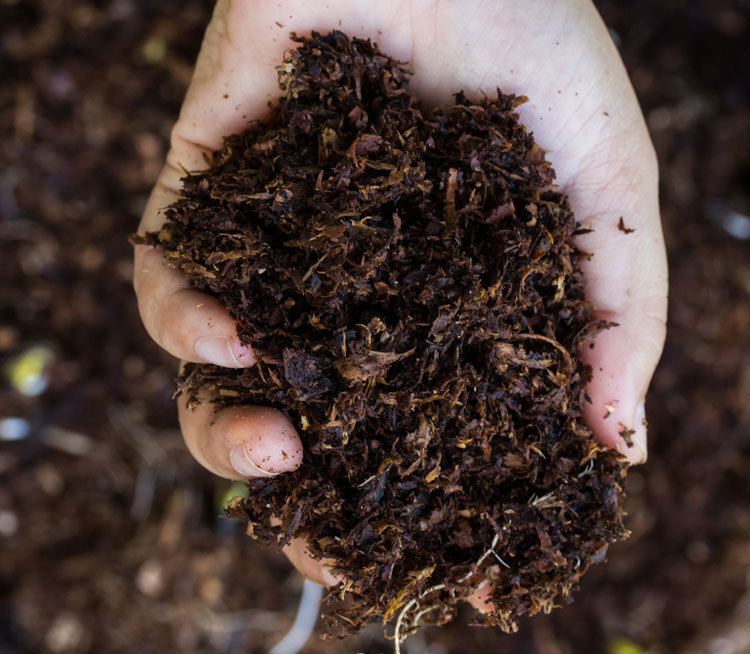
When caring for livestock every day, dairy farmers realize that mortality is an unwanted but real consequence of agriculture. Despite our best efforts, not every animal will reach their full market age.
Even after death, though, farmers have a responsibility to handle an animal’s carcass appropriately. This is not always easy. If no plan is in place to deal with these animals, they can quickly create problems on the farm.
In a recent Penn State Extension Dairy Management Mondays webinar, J. Craig Williams offered insight into a few options for disposing of livestock. Now, it is important to note that approved methods of disposal may vary between states, so be sure to check with your state department of agriculture before adopting a plan. Williams outlined the four systems that are legal in Pennsylvania:
1. Rendering involves a convenient pickup service that results in minimal labor needs on farm, but it can be expensive and is becoming less popular.
2. Burial sites must be chosen very carefully to prevent groundwater and well water contamination. Know the burial laws specific to your state because this option presents the most environmental and public health concern.
3. Incineration can be a convenient option as well but can be expensive and time-consuming in terms of equipment. Local air quality laws should also be taken into consideration.
4. Composting is often a favorable, affordable option that requires fairly minimal labor on the farm.
Williams recommended composting, and he provided specific steps to follow to ensure the compost is effective.
Building the right pile
To create a good compost pile, it’s first important to select a location that is high, dry (at least 200 feet away from any water source), and away from public view such as roadways.
The foundation layer of a compost pile should be 2 feet deep. Williams recommended using a mix of small and large wood chips, but encouraged that other carbon sources, such as sawdust or dried out bedding, would also work well. This carbon cover material will ideally be about 50% moisture to allow for decomposing activity but prevent leakage. A rough test for 50% moisture can be done by picking up a handful of the material and squeezing it in your hand — it should clump together and your hand should feel damp. The material should not crumble out of your hand (too dry) or drip water (too wet).
The carcass will then provide the nitrogen source necessary for decomposition. Next, another layer of carbon cover should be added on top of the animal. Williams recommends 2 feet between layers of larger animals, and 1 to 2 feet between layers of smaller animals, such as calves.
Finally, a 2-foot layer of preheated cover will contribute to decomposition and further protect the carcass from scavenging animals and biosecurity hazards. For this layer, old silage, cornstalks, fermented chips, or dry pack bedding can work well. Williams emphasized that when people have problems with a compost pack, it’s often because of a thin top layer. “You cannot cheat on cover,” he said.
Instead of a simple round pile, Williams encouraged building the compost pile in a long windrow, around 10 feet wide. This structure will allow some air in and some heat out better than a round pile would. The internal temperature of the pile should reach between 100°F and 135°F. After three days of 135°F, nearly all pathogens will be killed. The pile can be turned, but it is not necessary.
The pile should sit for four to six months.
Williams noted that any bones not yet completely decomposed by then can form the base layer for the next compost pile. Otherwise, it’s valuable to start stockpiling material to use as a carbon source, things like dry pack bedding, sawdust, wood chips, and bunk refusals. Anything that can be dried out and laid down can be the foundation of an effective compost pile.








